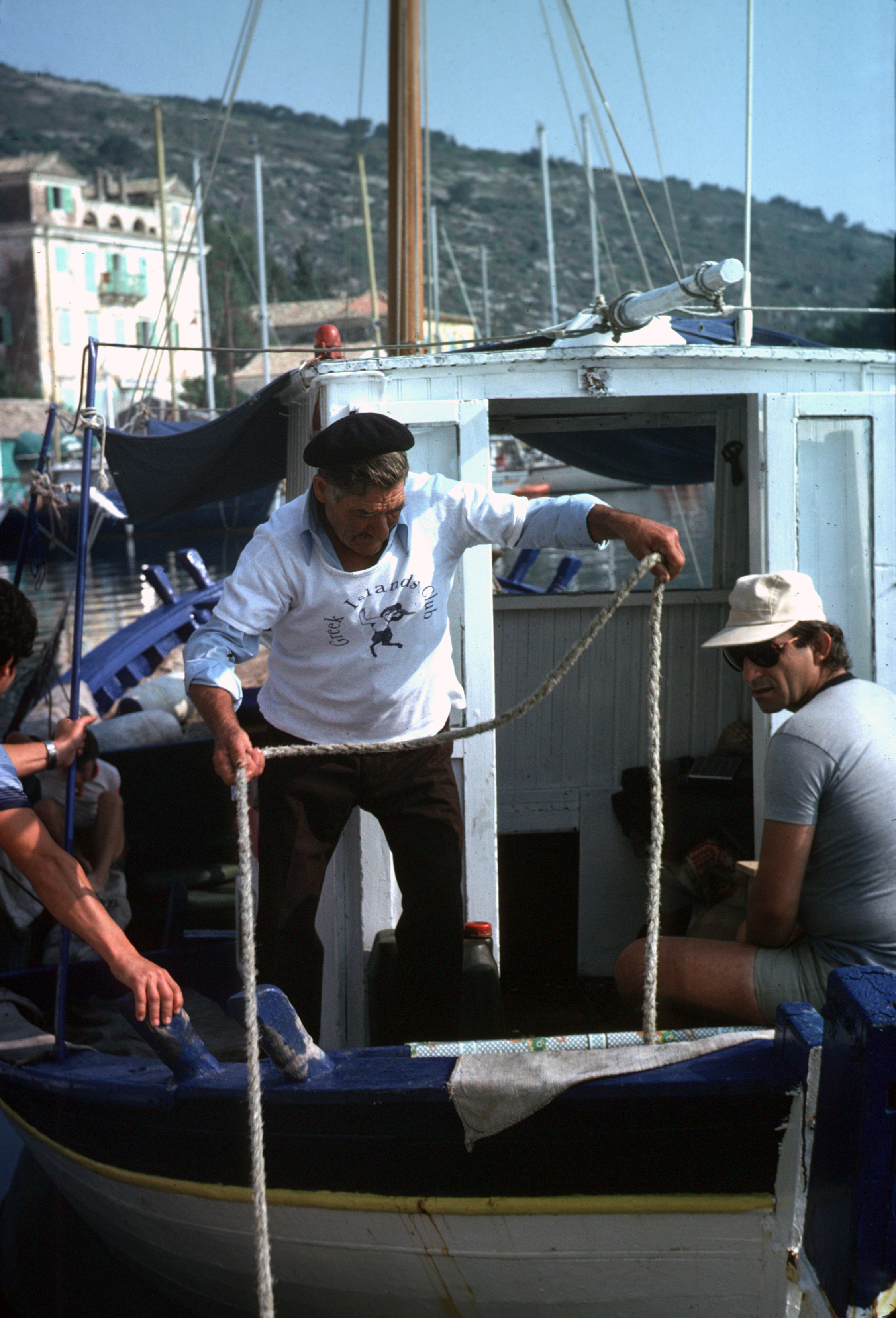When is the best time to visit Paxos? April: expect some rain but usually a month ahead of northern Europe so beautiful Spring days – perfect for walking & wild flowers. May: warmer but could still rain. Perfect month to escape the crowds and meet locals when they are not so busy. June: temperatures can…
Tag: paxos ferries
Paxos Ferries Over The Years
The only way of getting from Corfu to Paxos in 1965, my first visit, was aboard a weather-worn, wooden caique called “Aspasia”. A central deckhouse cum cockpit provided hard bench seating for around 40 passengers. The Aspasia’s crossing time varied between 5 and 7 hours depending on the weather. The journey south from Corfu Town,…


